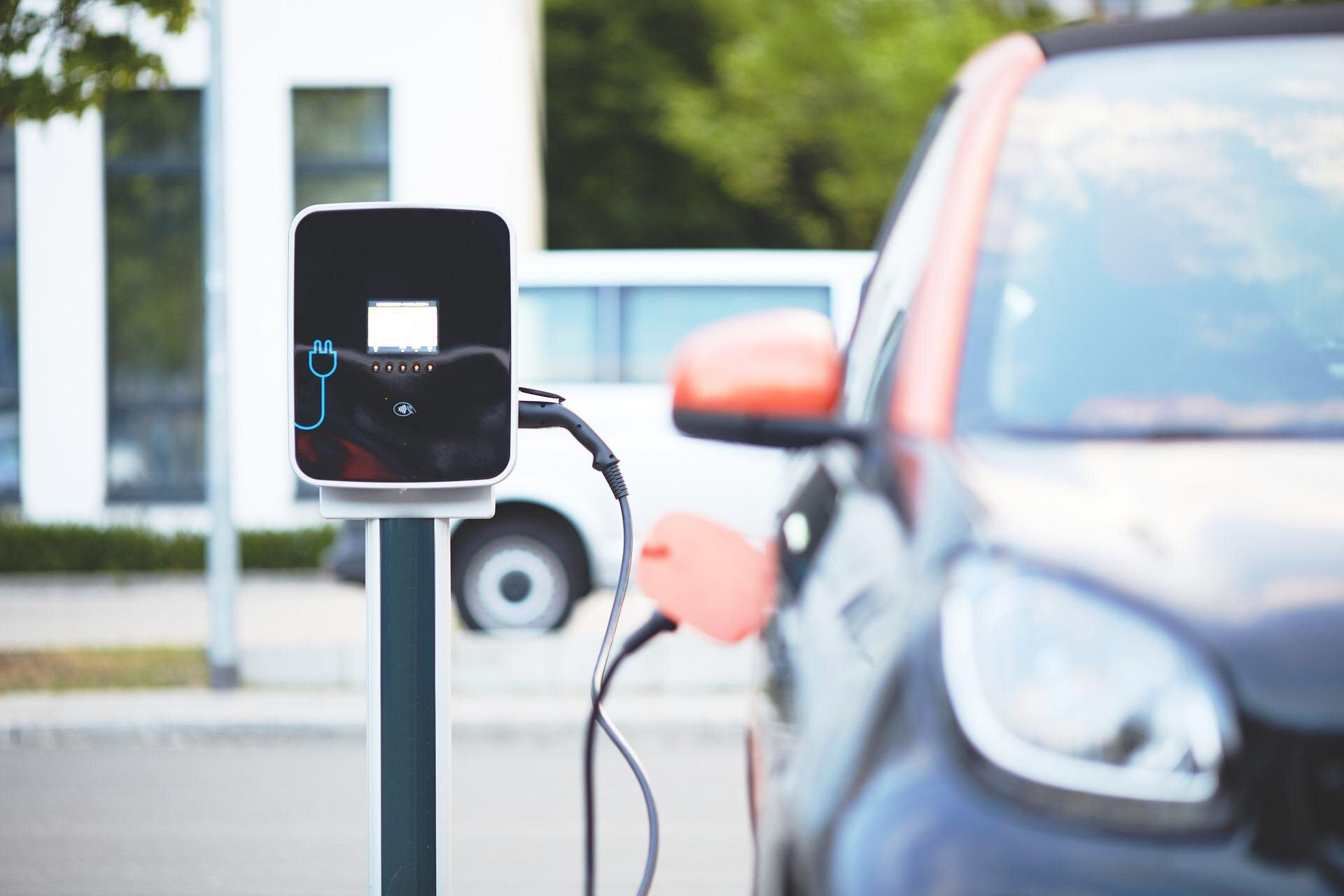After electric batteries, NASA develops technology that can charge an electric car in just 5 minutes
- Tram Ho
Recently, NASA said that it is testing technology to cool devices in space that is expected to significantly reduce the time it takes to charge electric vehicles.
New technology improves heat transfer from charging cables and could dramatically increase the amount of power today’s chargers deliver to electric vehicles. According to NASA, this will drastically reduce charging time, even allowing charging from 0% – 100% in 5 minutes or less.
Currently, a team of experts from Purdue University is developing the flow condensation and boiling experiment (FBCE) with funding from NASA.

Source: Pixabay/CC0 Public Domain
Basically, they used a liquid-cooled cable on the ISS to test the new method. The liquid when directed to the hot cables will be in a subcool state, that is, below the boiling point. Using FBCE technology, the team achieved 2,400 amps per cable, much higher than the 1,400 amps needed to fully charge an electric vehicle battery in five minutes.
According to NASA, the current of about 1,400 amps will be enough to charge an average car in 5 minutes. Specifically, advanced chargers deliver 520 amps of current instead of the less than 150 amps of standard chargers. However, when going higher than 520 amps, the charger will generate more heat, increasing the risk of endangering the user. Therefore, the technology of safely cooling high-charge cables that NASA tested is expected to open up new prospects for the electric vehicle industry.
Although it has been successfully tested in the laboratory, however, it will be completely different from the test on a car in real conditions.
Going forward, according to NASA, the new technology has the potential to deliver 4.6 times more current than the fastest electric vehicle chargers on the market today. At the same time, this technology also promises to eliminate one of the biggest obstacles that make electric vehicles difficult to reach consumers, which is the long charging time.
Reference: Interesting Engineering
Source : Genk
